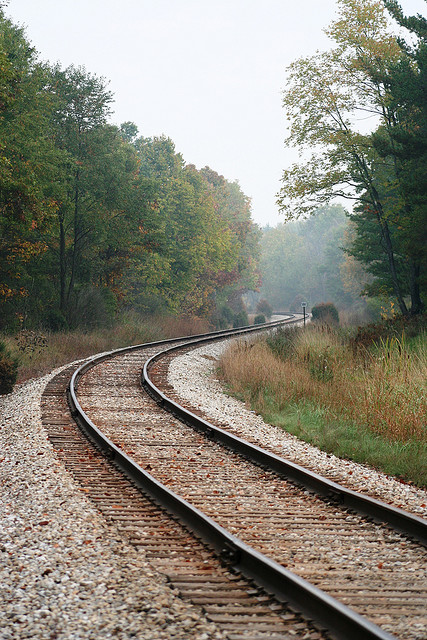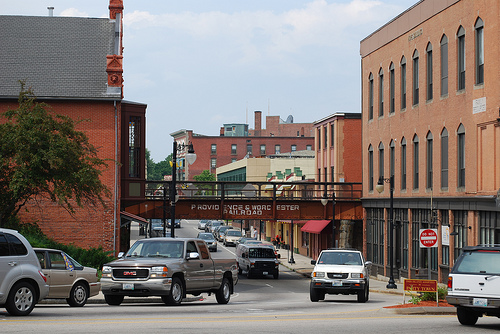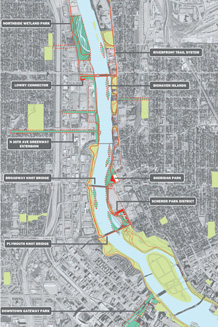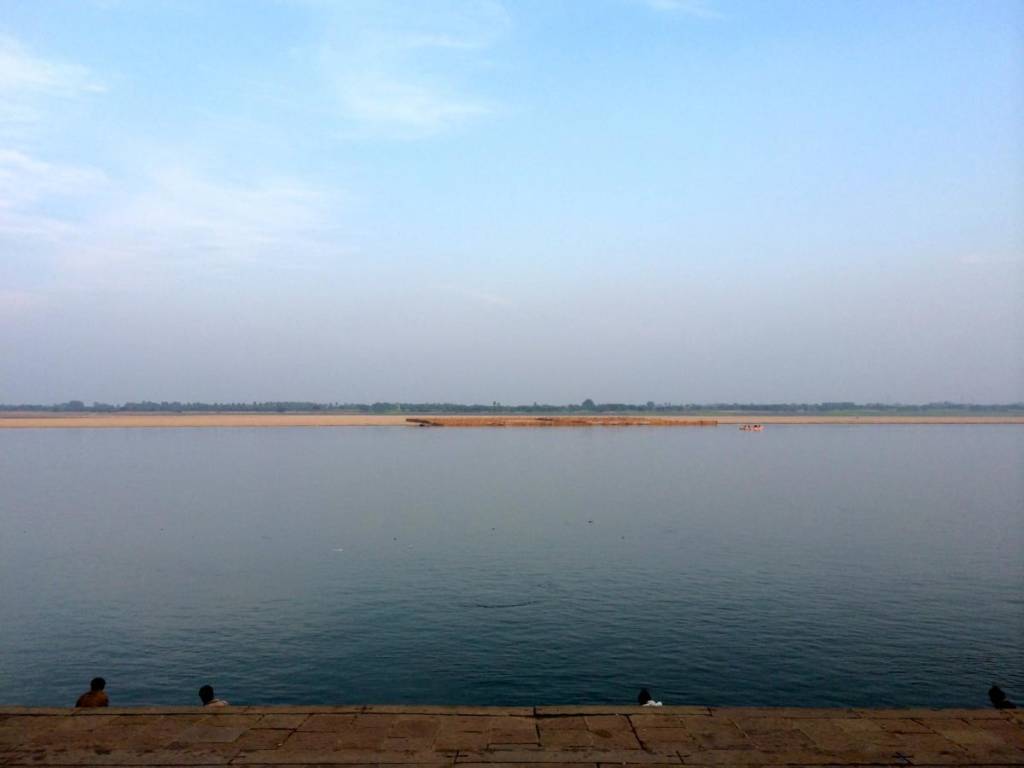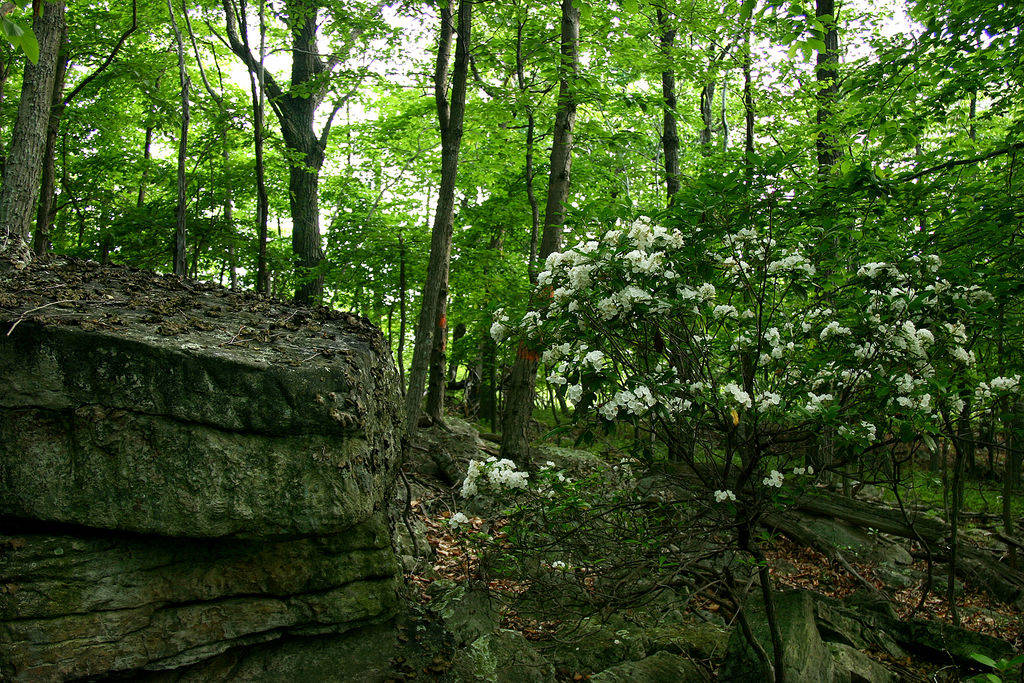By SCOTT GEIGER
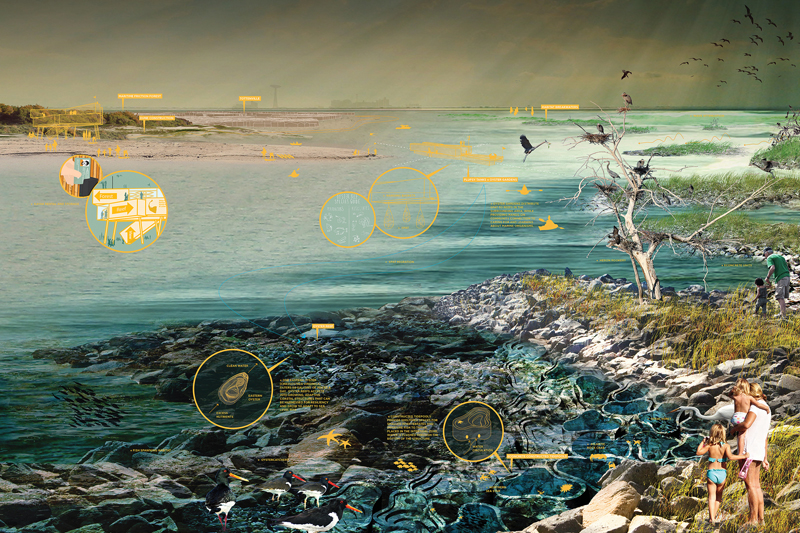
Oysters in the Raritan Bay, courtesy of SCAPE Landscape Architecture
Next week Thursday, April 3, the amazing Rebuild by Design competition concludes in New York City. The finale event on Vesey Street in Manhattan is open to the public, and I think it well worth attending, even if you’re only just now learning about the competition. I’ve wanted to write about this competition since its launch last summer, and now as it comes to a close I can speculate a little about its significance.


